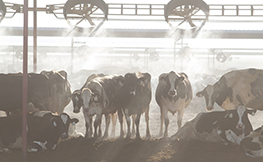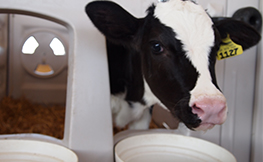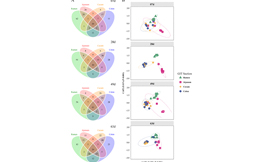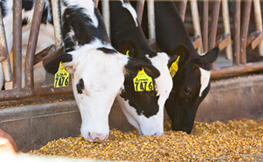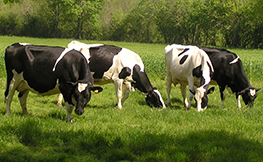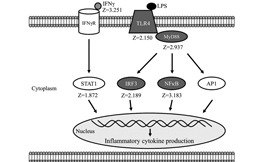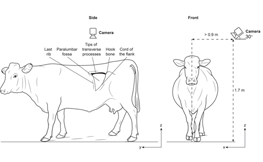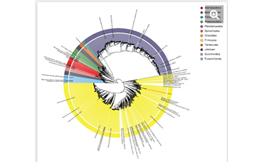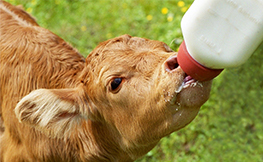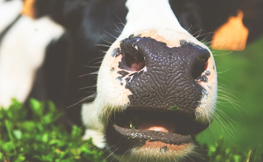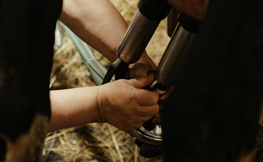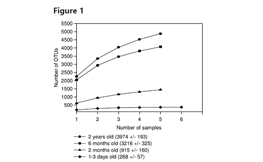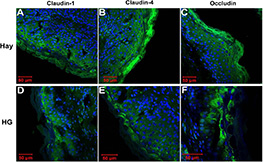
A high-grain diet causes massive disruption of ruminal epithelial tight junctions in goats
Published on 01/08/2013
The ruminal epithelial barrier is a critical component of the immune system in ruminants. Breakdown of the ruminal epithelial barrier function is frequently observed in ruminants fed high-grain diets. This study in goats demonstrated a high-grain diet caused profound ruminal epithelial cellular damage and changes in tight junctions, which was associated with a local inflammatory response.
